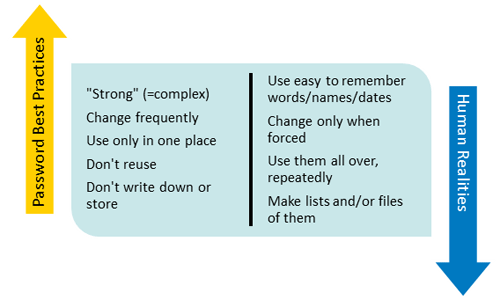The entry point to the contact center – identification and verification (aka authentication), along with routing – is a make or break moment for the customer experience. All too often it is unpleasant at best, and downright irritating at worst.
Prompts are arguably the most hated and frustrating part of any contact, with routing to a person who can’t help not far behind. And let’s not forget the initial steps of call handling. In spite of CTI being a 20+ year old concept, many centers still don’t “pop” available information and train agents to use it. Combine these issues with a transfer to yet another uninformed agent who starts over and you’ve rung the death knell of any potential for a “good” customer experience.
These stage-setting steps get harder given the prevalence of fraudsters and hackers. Organizations are rightfully concerned about the financial impact of a breach as well as the potential for severe reputation impact. Contact center authentication is also driven by compliance and audit requirements. While various departments have a say in how the center conducts authentication and verification, they don’t always understand the customer experience implications.
Customers understand why centers need to verify their identities. Nobody wants their identity stolen or account hacked. Still, they find it all terribly burdensome. As shown below, passwords don’t really work. And don’t get me started on remembering my “favorites” and my first pet’s name. (Did I use my goldfish or my dog?)

So how do you make everyone happy with this cumbersome yet important process? Don’t apply one size fits all. Tie security to call purpose and what you know about the customer or potential customer. Require more detailed authentication only if the nature of the transaction and intelligence on the caller demands it.
For example, with one of my banks, with no login or password, I can slide up the home page of my mobile app and see balances for accounts I have designated. There is no risk of any transaction occurring, and I have configured my own view with an acceptance of the risk of someone else seeing these account balances. I view that risk as non-existent, both because I have security on my mobile phone in general, and because they can’t do anything with balance info – except be impressed or appalled!
It’s time to think creatively rather than letting broad brush security policies and generalized ID&V processes tarnish customer interactions. In this month’s Contact Center Pipeline, I provide guidance on how to use technology to mitigate risk while delivering an exceptional customer experience. Download the full article now »
